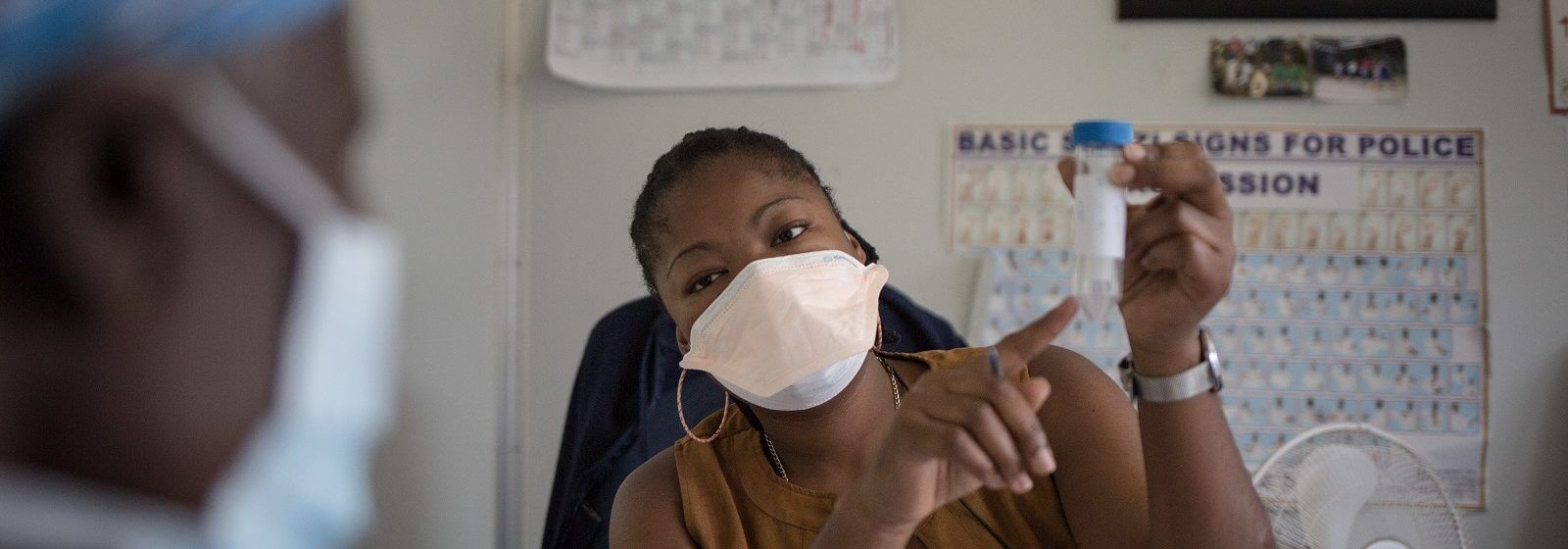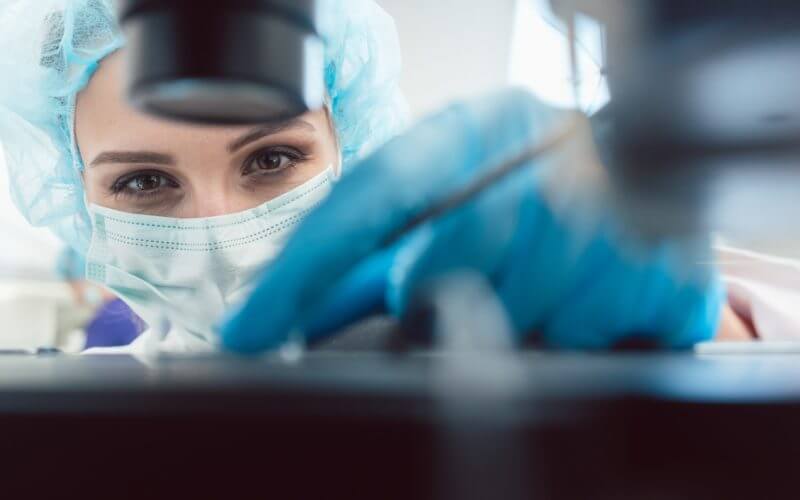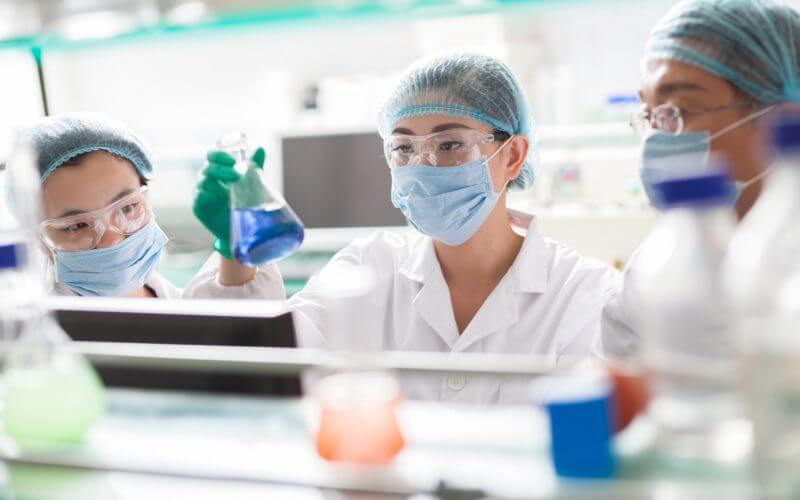Learn about antibiotics

What are antibiotics?
Antibiotics are substances that kill or slow down the growth of bacteria. Bactericidal antibiotics kill bacteria, while bacteriostatic antibiotics stop them multiplying.
What are bacteria?
Bacteria are microscopic, single-celled organisms. Bacteria usually come in one of three basic shapes: rod-shaped (bacilli), spherical (cocci) and helical (spirilla). Bacteria may also be classified as Gram-negative (such as E. coli) or Gram-positive (such as Staph. aureus). Gram-negative bacteria have two membranes, while Gram-positive bacteria have only one. This means that it is much harder for drugs to get into Gram-negative bacteria, which has resulted in fewer antibiotics available to treat the infections they cause.
Bacteria live in and on every environment including the soil, ocean, plants, animals and human body. Most bacteria in our body are harmless, or serve an important purpose, such as digesting food. They also help to prevent disease by making the body less hospitable to harmful bacteria (pathogens). When bacteria break through the body’s defenses and begin to multiply, they cause an infection.
Why can’t antibiotics treat viruses?
Viruses are smaller than bacteria and are not cells. They are parasites and grow within cells so need a host human or animal cell in which to multiply. Antibiotics cannot kill viruses because they work on bacterial systems that viruses do not have. Using antibiotics when they are not needed, including against viral infections like commons colds and the flu, contributes to antibiotic resistance.
What is antibiotic resistance?
Bacteria, not people’s immune systems, develop resistance to antibiotics. Bacteria reproduce quickly and some can double their numbers every 20 minutes. A very small number of bacteria may naturally evolve to develop resistance to certain drugs. However, when repeatedly exposed to antibiotics, the vulnerable bacteria die, leaving behind the drug-resistant bacteria to multiply. Sometimes called ‘superbugs’, they can reach huge numbers within one day. Inappropriate use of antibiotics creates a favourable environment for drug-resistant bacteria to grow.
Which bacterial infections are becoming resistant?
Antibiotic resistant bacteria are found in all parts of the world. A growing list of infections – such as pneumonia, blood stream infections, gonorrhoea, urinary tract infections, skin disorders and foodborne disease – are becoming harder, and sometimes impossible, to treat. The World Health Organization has identified a list of drug-resistant priority pathogens for which new drugs are needed and that represent the greatest threat to health. Learn more >
Why have so few new antibiotics been developed?
Most pharmaceutical companies are no longer developing new antibiotics. Half of all antibiotics used today were discovered during the 1950s. Since that time, discovery and development of antibiotics has become more complex, time consuming and expensive. New antibiotics that are approved for use typically have a short treatment duration and controls in place to slow the emergence and spread of resistance. This limits their profitability. Even when new antibiotics are approved, they rarely target priority drug-resistant bacteria and are only registered for use in a small number of countries.
How can I prevent antibiotic resistance?
Antibiotic resistance is fostered by the inappropriate use of antibiotics, as well as poor infection prevention and control in the environment, homes and hospitals. WHO has published recommendations for individuals, healthcare workers, policymakers and the healthcare industry to limit the spread of drug-resistant bacteria. Learn more >



